PPT-Predicting zero-day software vulnerabilities through data mining
Author : yoshiko-marsland | Published Date : 2018-02-27
Su Zhang Department of Computing and Information Science Kansas State University 1 Outline Motivation Related work Proposed approach Possible techniques Plan 2 Outline
Presentation Embed Code
Download Presentation
Download Presentation The PPT/PDF document "Predicting zero-day software vulnerabili..." is the property of its rightful owner. Permission is granted to download and print the materials on this website for personal, non-commercial use only, and to display it on your personal computer provided you do not modify the materials and that you retain all copyright notices contained in the materials. By downloading content from our website, you accept the terms of this agreement.
Predicting zero-day software vulnerabilities through data mining: Transcript
Download Rules Of Document
"Predicting zero-day software vulnerabilities through data mining"The content belongs to its owner. You may download and print it for personal use, without modification, and keep all copyright notices. By downloading, you agree to these terms.
Related Documents

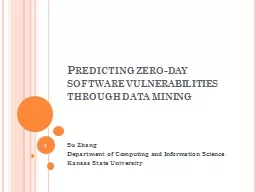


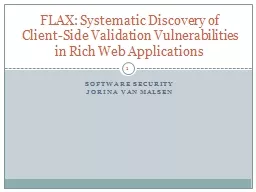
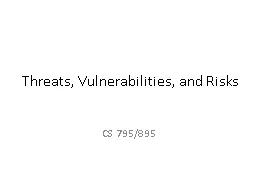

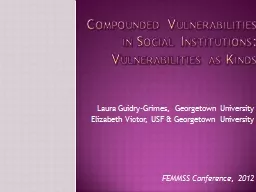

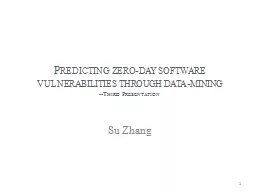
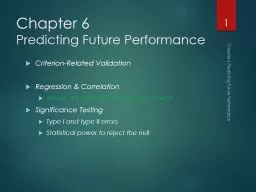



![[READ]-Zero Days, Thousands of Nights: The Life and Times of Zero-Day Vulnerabilities](https://thumbs.docslides.com/986598/read-zero-days-thousands-of-nights-the-life-and-times-of-zero-day-vulnerabilities-and-their-exploits.jpg)